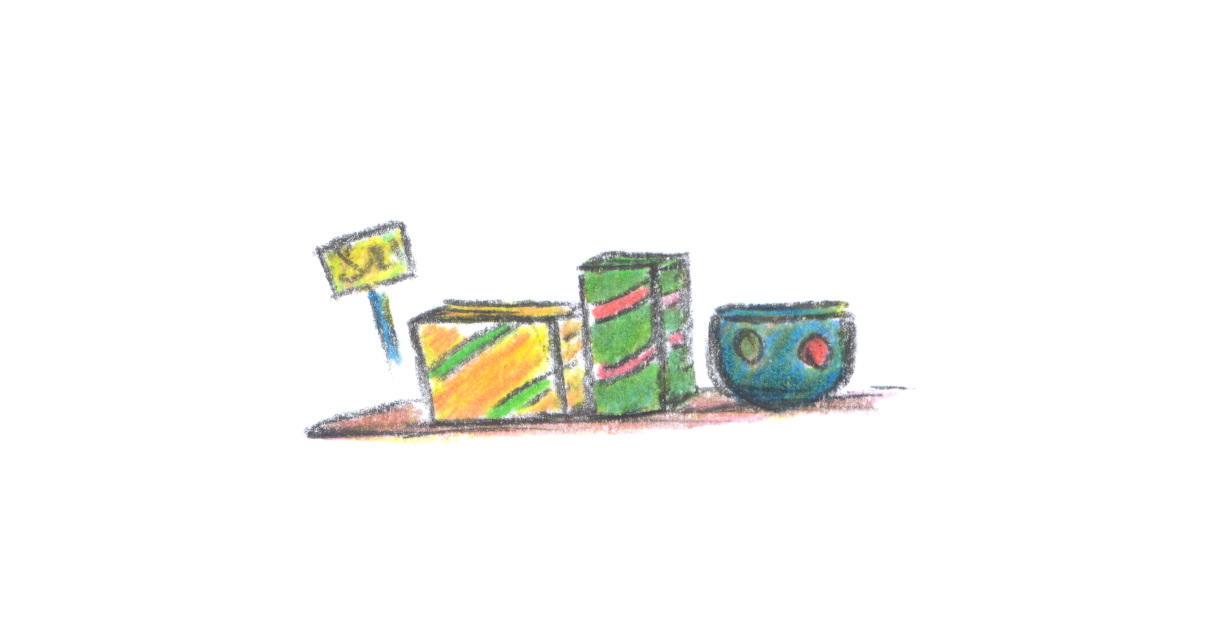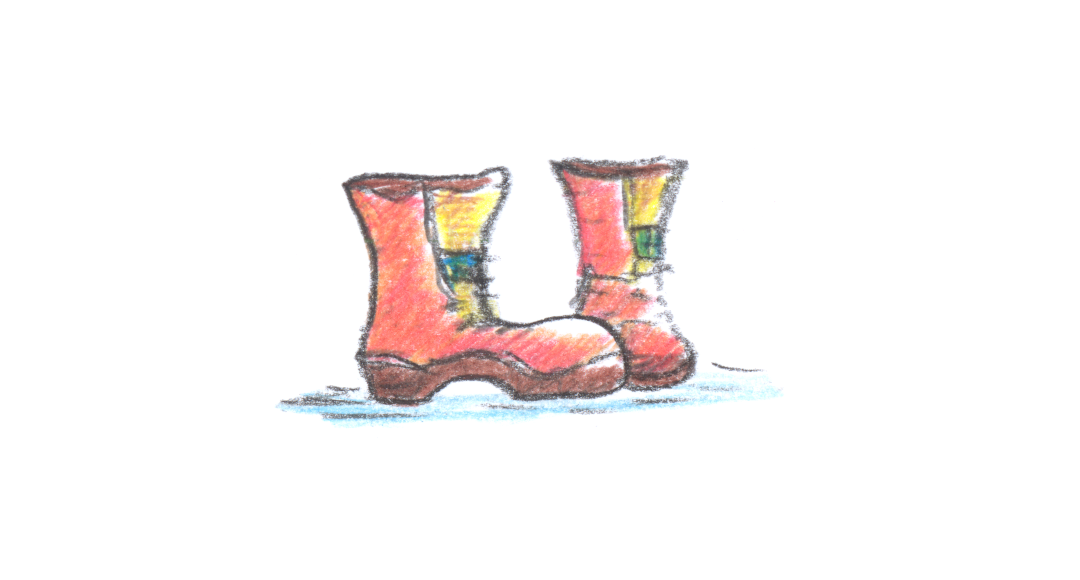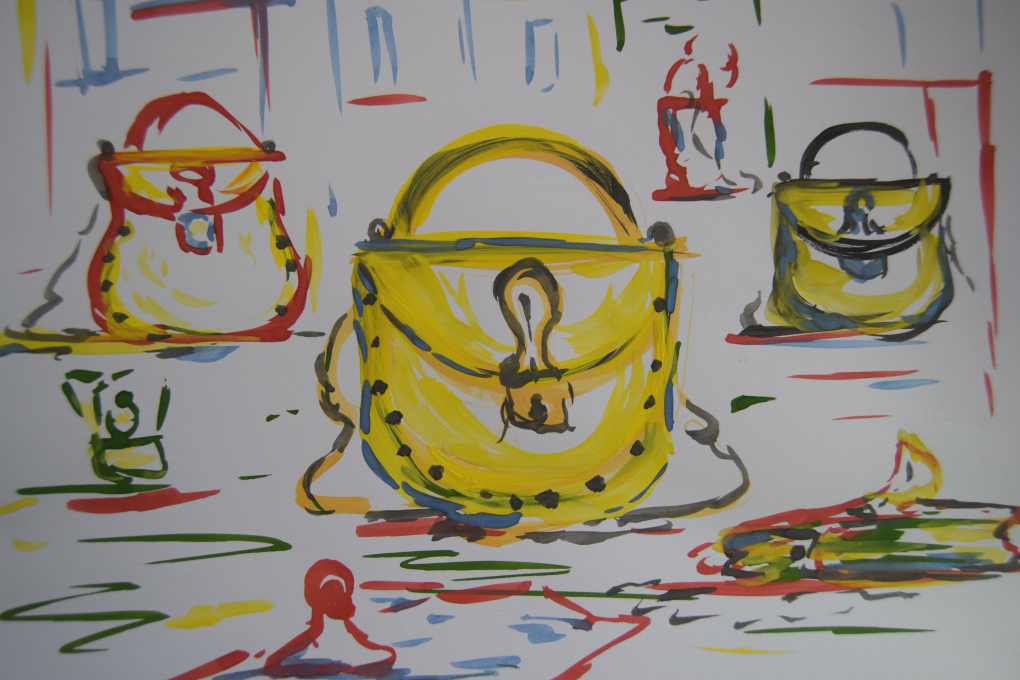Chinese manufacturing and more
With personal logos spread across the Internet, viral blogging, applications, designers and other factors - the personal branding went into a period of decline. Only gargantuan brands relish the laurels of recognition because of such tough competition.
By relegating all of the manufacturing force to China, we have eventually witnessed a quality product assembly that changed the way we consume. The Chinese factories that were learning how to copy original products, have also learned how to perfect them.
What factors played in the personal brand decline?
In addition to the manufacturing costs, the era of evolving mobile data and viral trending simplified the labour and the consumer. 'Global crisis', political trends on exacerbation of foreign relations, viruses, etc - all have tried to drive the consumer into panic, or in a sway to make certain things with their savings.
Speaking in marketing terms, the old-fashion branding has gone bad because of:
- competitors simplify the design
- competitors optimize their product periodically
- you keep an old, outdated brand character that doesn't correspond to its time
- you increase supply just in order to sell more
- competitors decrease prices
- your social media presence is stale or shallow
- competitors drive all the hype
- you're not keeping an eye on the Gen Z
The latter only shows that the younger generations are tend to concentrate on ideas or projects rather on personal brands, though it still varies from country to country. In places where the middle class is struggling, we would always see a bigger demand for big brands. The developing and the second world countries that are still stuck in the 20th century do strive for the brand merchandise.
Social segregation between the poor and the rich shows that the poor strive to show their status by wearing the brand clothing - the oppressed mentality syndrome.

Retail outsourcing
The most pragmatic sense the new generations make - is the value for money. The change for the branding didn't happen only because of the China outsourcing (or India, Turkey, Bangladesh), but because of the retail bailout too.
Ebay, Amazon and Aliexpress offer the cut-off prices the Baby Boomers mostly relished over in the shopping malls. Today, for many people shopping in brick-and-mortar is a luxury, people understand that the business rent and the bills are also included in the price.
Why pay more if the same?
The build quality, the service levels, all serve the common rule - the satisfaction of the client. If 20$ could get the same value as the 120$ - you make conclusions here. Loyalty to the brand comes with price. Should I be loyal to the brand A or Z? Does the brand ask the same question?
In most cases it does, trying to create not only the style, but the product. Do people still trust the Dell desktops? They do, because it's made in China - sarcasm. The brand disappointment can come close with a sub-par quality, the policy change, political involvement, publicity slur and other toxic mal-factors.
The one niche product
Insignificant changes are the most crucial. It is important to make them in due time, while the brand is still on the top. Having a well sold product for decades doesn't insure your position for longer.
Going along with the trends and foreseeing the demand of the upcoming generation is a muster. Even Coca-Cola changed their bottles many times, jeans industries tried different sizes, pockets and colours that drove Levi's out of charts, etc.
The masculine brands like Gillette, Old Spice, the products for 'real men' that could be also used for women, in today's growing feminist, anti-sexist, whatever-movements, do impact the decline of the brands. It becomes no longer a universal product.
Some of the old beer and tea labels disappear because of the same design, taste or the market over-exposure. It falls out of favors for many other reasons, related to the psychological perception of an image of the product.

Interests that shift
We no longer see teenagers fiddling with their Harley Davidson or Triumph motorcycles in garages. Perhaps, the times have changed in the understanding of the masculinity, and the term itself sounds sexist or stereotyped nowadays. The same couldn't be said about the females.
There are some exceptions of such trends. E.g., most people also consider reading books as obsolete or archaic, but certain big movie hits had made people believe in the quality time-spending. There is a certain 'blast from the bast' value in some of the brands, but it lives shortly.
If the traditional brands reapply their philosophy to understand who they are now, and not who they were 100 years ago, then the chances to tune in into the modern world are bigger.
There are more points on why the old brands decline, such as:
- deviation from its founders
- lack of re-adaptation
- identity loss
More on why the iconic brands fail, could be found here.
Colour identity and the psychological impact
Brands that create product, eventually create an image. That image lives in the heads of the consumers for long. Understanding the colour code of you genre, consumer expectation and the product it represents - is the goal of the brand building.
Not a very long time ago it was the unique features of the product that defined the brand, today in contrary - the brand identifies the product. Simple designs, lookalike products, could no longer be distinguished from each other but by an artificial character, trending behaviour or any trivia surrounding it.
This leaves the world with bubble brands mostly. We can't deny there are talented, fresh brands that offer true identity and the skills, but the sub-par, cloned or replicated products are on the verge of making it all worse.

Social media branding
The social media is a free way to advertise your brand with some premium features that don't cost super much. You could have a brand placement right next to Coca-Cola. For bubble brands it is an initial step to actualize themselves. Some brands, if they are not empty decoys, grow into something bigger and real, offering not only the character but the original product.
All of it has opened a niche on how to make illustrations, designs and ads for your social media accounts. To make rich and bold content for your product to stand out. Most of it created startup competitors, swerving revenues and attention from the traditional media.
That is why the big brands use the social media too. It terms of the marketing flow, the winner is no longer the one who is more original, but the one who stays on the market longer.
Surviving
Most of the bloggers and brand builders begin to act almost with no budget, making them eventually pay for hosting, design tools, time, electricity bills, etc. This all adds up in expenses, stress, and eventually, around 70% of them give up in 2-4 years of tenure.
If it isn't the expenses, then the more advanced competitors with bigger purse. Big brands may be sluggish or unwilling to test something new, due to probable risks of losses. We know that if they lose - they lose millions. A blogger loses only his time and rent.
So, they wait and monitor independent activities to expose for them something new and trending, so they could later on use it in a bigger scale.
Optimizations to the traditional product, new ideas, design, etc - could be replicated and rebuild, unless copyrighted or patented, which is also not cheap. So fighting in competition is not free and not always fun.

